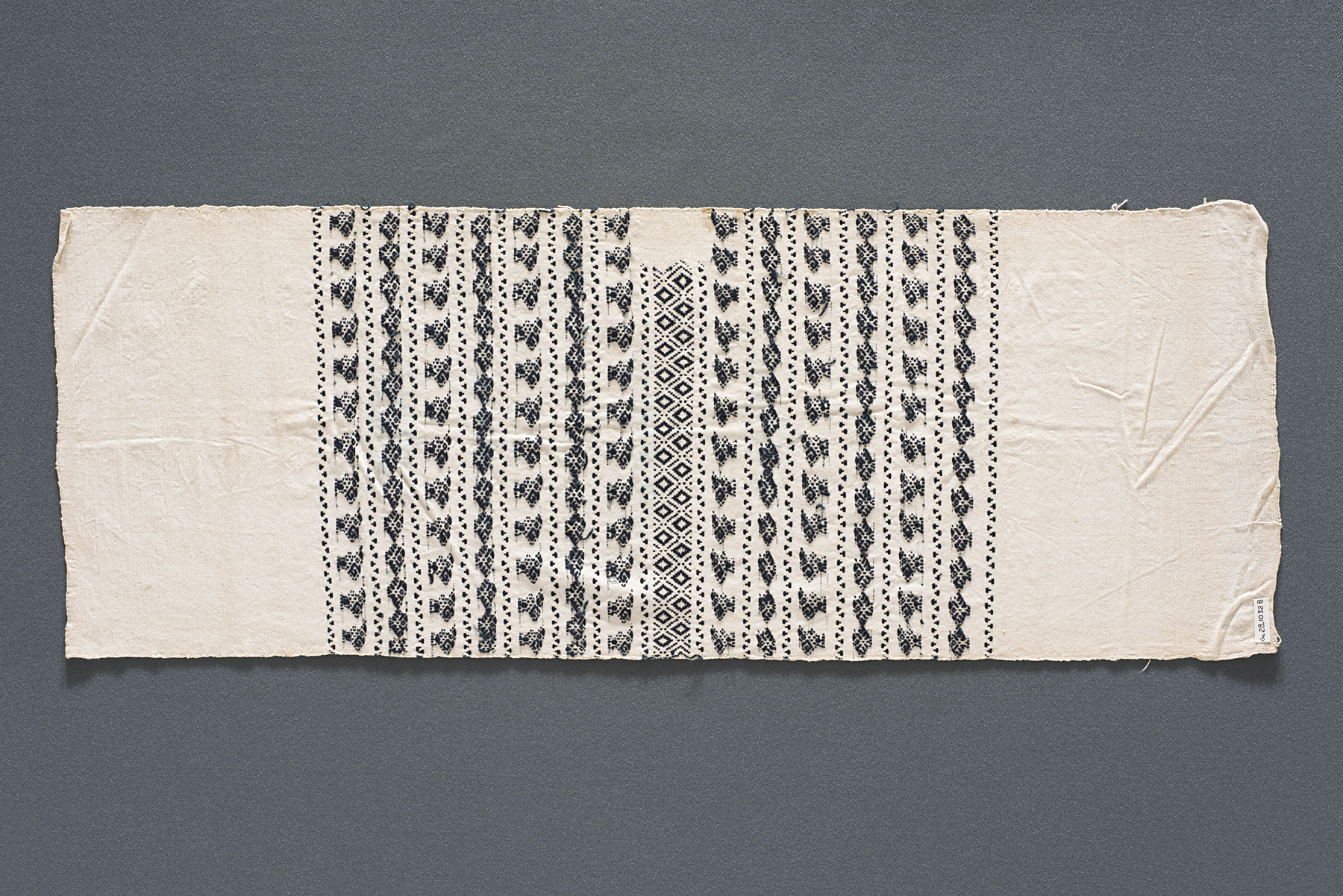one of two huipil panels, unknown maker from Guatemala
Artwork Overview
one of two huipil panels
, date unknown
Where object was made: Guatemala
Material/technique: cotton; embroidering
Credit line: William Bridges Thayer Memorial
Accession number: 1928.1032.b
Not on display
If you wish to reproduce this image, please submit an image request



